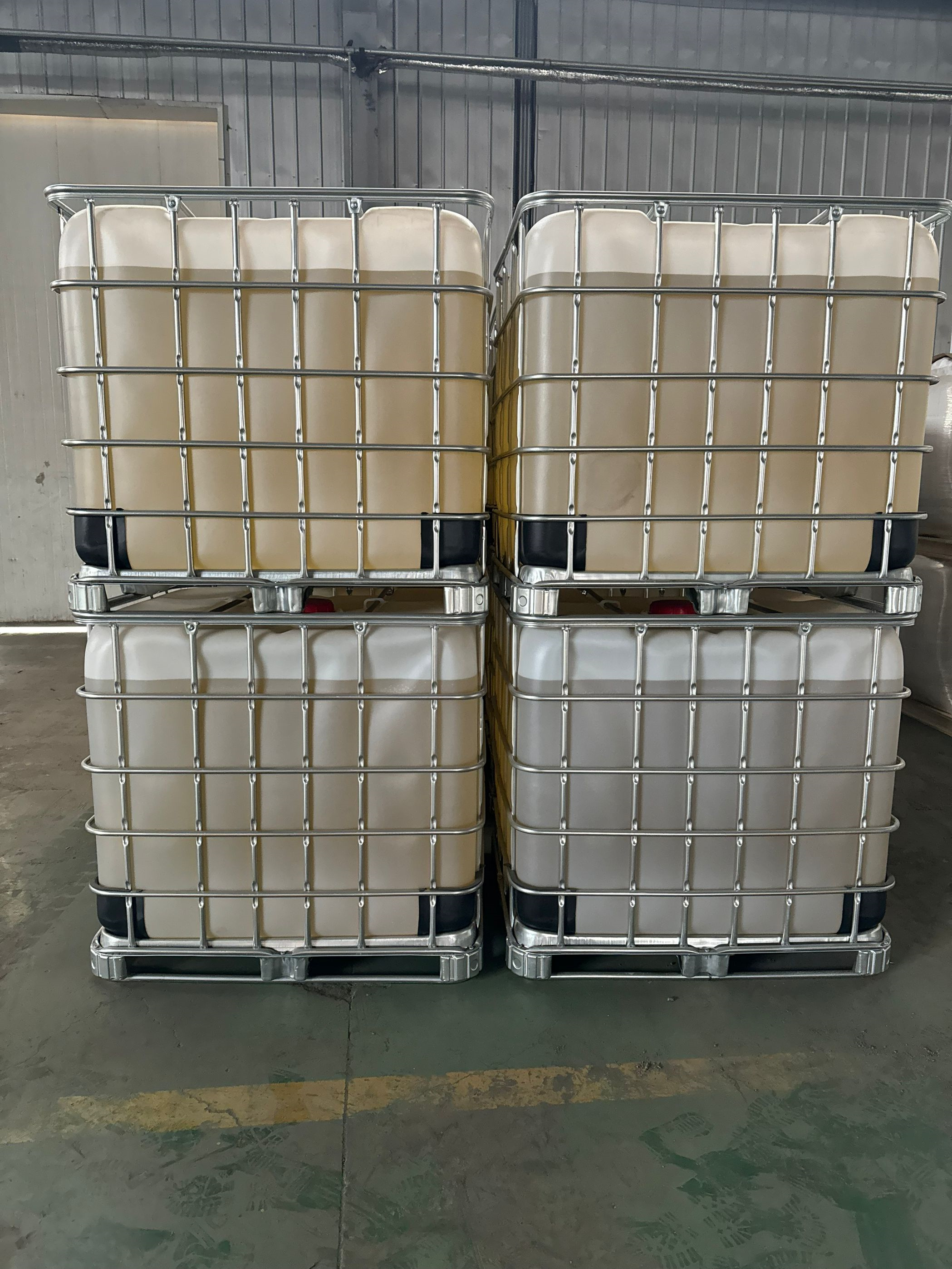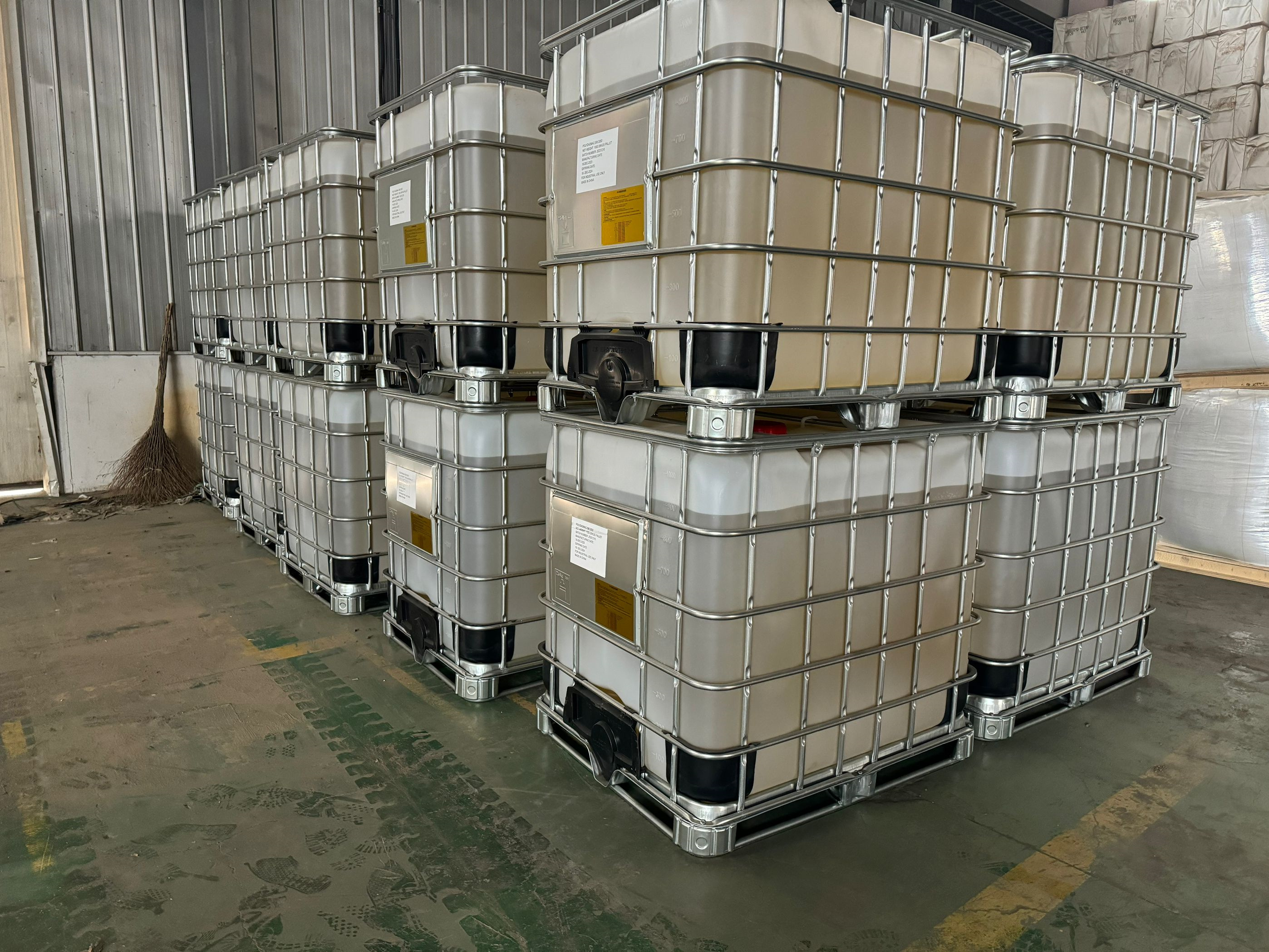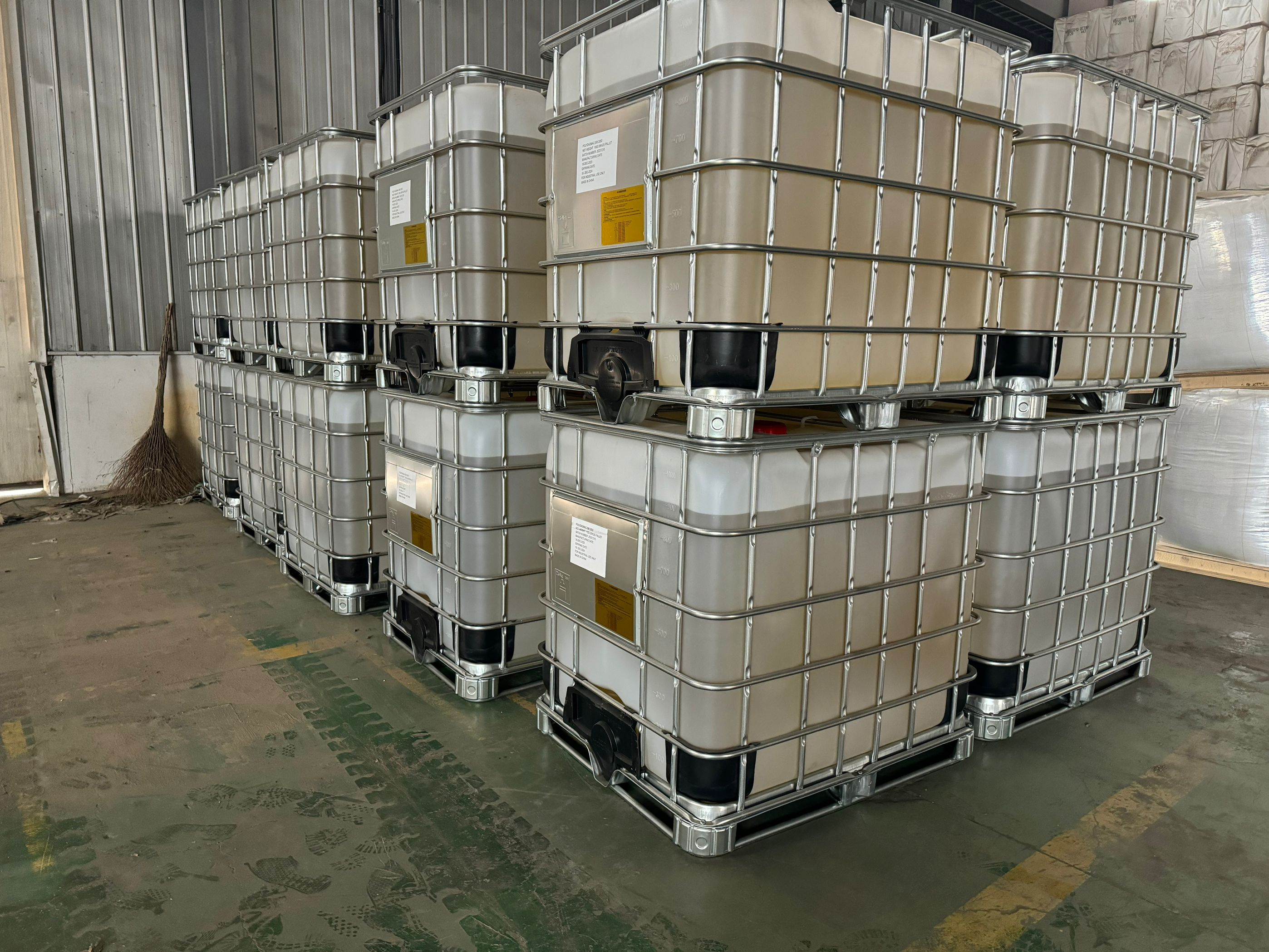PolyDADMAC (polydiallyldimethylammonium chloride) is a high-performance cationic polymer widely used in water treatment and mining due to its excellent charge neutralization, coagulation, and flocculation properties. Its strong cationic nature makes it highly effective for destabilizing negatively charged particles, removing suspended solids, and improving water quality. Below is an in-depth discussion of its main functions and applications in these two industries, structured to meet the 1150-word requirement.
Introduction to PolyDADMAC
PolyDADMAC is a synthetic, water-soluble polymer with a high cationic charge density. It is primarily used for coagulation and flocculation, where it neutralizes negatively charged particles and facilitates their aggregation. The polymer is highly versatile, working effectively across various pH ranges, making it suitable for diverse applications in water treatment and mining.
Role of PolyDADMAC in Water Treatment
Water treatment involves removing impurities from water to make it suitable for consumption, industrial use, or environmental discharge. PolyDADMAC plays a key role in several stages of this process.
1. Coagulation
Coagulation is the first step in most water treatment processes, aiming to destabilize fine particles and colloids suspended in water. These particles are typically negatively charged and repel each other, preventing aggregation. PolyDADMAC neutralizes these charges, allowing particles to come together and form microflocs.
Mechanism of Action:
PolyDADMAC molecules attach to the surface of negatively charged particles, neutralizing their charges.
The neutralized particles aggregate due to van der Waals forces or hydrogen bonding.
Applications:
Raw water clarification: Removing suspended solids and organic matter.
Industrial effluent treatment: Treating wastewater from industries like textiles, chemicals, and food processing.
2. Flocculation
After coagulation, flocculation involves the growth of microflocs into larger, more stable flocs that can easily settle or be filtered out. PolyDADMAC acts as a bridging agent, linking the particles together.
Benefits of PolyDADMAC in Flocculation:
Enhances sedimentation rates, reducing treatment time.
Produces dense and strong flocs, minimizing residual turbidity.
Improves filtration efficiency, reducing the load on downstream systems.
3. Removal of Dissolved Organics and Color
PolyDADMAC is highly effective in removing dissolved organic matter, such as humic and fulvic acids, which can cause color in water. Its strong cationic charge allows it to bind with these negatively charged organic molecules, forming insoluble complexes that are easily removed.
Specific Applications:
Color removal in municipal drinking water treatment.
Organic matter reduction in surface water sources.
4. Sludge Dewatering
In wastewater treatment plants, sludge dewatering reduces the water content of sludge, making it easier to handle and dispose of. PolyDADMAC helps in this process by:
Neutralizing charges on sludge particles, promoting aggregation.
Forming stable flocs that release water more easily during mechanical dewatering processes like centrifugation or belt pressing.
5. Compatibility with Membrane Systems
PolyDADMAC is often used in reverse osmosis (RO) systems and other membrane filtration processes to control fouling and scaling. By removing particulate matter and organic contaminants upstream, it enhances the performance and lifespan of membranes.
6. Industrial Applications
Industries rely heavily on PolyDADMAC for treating process water and effluents. Its functions include:
Breaking oil-water emulsions in petroleum refining.
Removing heavy metals and other contaminants in electroplating and mining wastewater.
Role of PolyDADMAC in Mining
Mining operations require effective separation of solids and liquids to process ores, manage tailings, and treat water. PolyDADMAC plays a crucial role in optimizing these processes by enhancing the removal of suspended particles, improving water clarity, and stabilizing tailings.
1. Solid-Liquid Separation in Mineral Processing
In mineral processing, separating valuable minerals from waste rock or gangue requires efficient solid-liquid separation. PolyDADMAC enhances this process through:
Coagulation and Flocculation:
It neutralizes charges on fine mineral particles, facilitating their aggregation into larger flocs.
These flocs settle faster in thickening tanks, increasing the efficiency of mineral recovery.
Applications in Specific Processes:
Beneficiation of ores like gold, copper, and iron.
Settling of fine clay particles in bauxite refining.
2. Tailings Management
Tailings, the waste materials left after ore extraction, must be managed effectively to minimize environmental impact. PolyDADMAC aids in tailings management by:
Reducing Water Content:
It improves the dewatering of tailings, producing a drier material that is easier to store and transport.
Enhancing Water Recovery:
Treated tailings release cleaner water, which can be recycled back into the mining process, reducing freshwater consumption.
3. Dust Control in Mining Operations
Mining activities generate significant amounts of dust, which can pose health and environmental hazards. PolyDADMAC is used as a binding agent to suppress dust by stabilizing fine particles on surfaces.
4. Heavy Metal Removal
PolyDADMAC is effective in precipitating heavy metals from mining wastewater. Its strong cationic charge allows it to bind with negatively charged metal ions, forming insoluble precipitates that can be filtered out.
Metals Treated:
Arsenic, chromium, lead, and mercury are commonly targeted contaminants.
5. Improved Settling in Thickening Tanks
In thickening tanks used for processing slurries, PolyDADMAC accelerates the settling of fine particles, increasing throughput and improving the clarity of overflow water. This is particularly important in mining operations where high slurry volumes must be processed efficiently.
6. Compatibility with Other Chemicals
PolyDADMAC is often used in conjunction with other treatment chemicals, such as anionic polymers or inorganic coagulants. This synergistic use enhances the overall efficiency of solid-liquid separation processes in mining.
Advantages of Using PolyDADMAC
The popularity of PolyDADMAC in water treatment and mining is due to its numerous advantages:
High Efficiency: PolyDADMAC delivers excellent performance at low doses, reducing chemical consumption and costs.
Wide Applicability: It works effectively across various pH levels and water chemistries.
Eco-Friendly: It does not introduce harmful metals or other contaminants into the treated water.
Fast Action: PolyDADMAC reacts quickly with impurities, ensuring efficient treatment in time-sensitive operations.
Versatility: It can be used in a range of applications, from municipal water treatment to industrial and mining operations.
Challenges and Considerations
While PolyDADMAC is highly effective, its use requires careful management to avoid potential issues:
Dosage Optimization:
Overdosing can lead to the re-stabilization of particles, reducing treatment efficiency.
Underdosing may leave impurities untreated.
Cost Considerations:
PolyDADMAC can be more expensive than some traditional coagulants, necessitating a cost-benefit analysis.
Compatibility Testing:
When used with other chemicals, it is essential to test compatibility to prevent adverse reactions.
Environmental Impact:
Although considered safe, excessive discharge of PolyDADMAC into natural water bodies should be avoided.
Future Prospects
Ongoing research and development in polymer science are expected to expand the applications of PolyDADMAC. Innovations may include:
Biodegradable PolyDADMAC: For more sustainable water treatment.
Custom Formulations: Tailored to specific contaminants or operational requirements.
Integration with Advanced Technologies: Such as membrane systems and zero-liquid discharge processes.
Conclusion
PolyDADMAC is an indispensable polymer in water treatment and mining. Its primary functions—charge neutralization, coagulation, and flocculation—are essential for achieving efficient solid-liquid separation, removing impurities, and improving water clarity. In water treatment, PolyDADMAC enhances coagulation, flocculation, and sludge dewatering processes, while in mining, it optimizes mineral recovery, tailings management, and wastewater treatment. By combining efficiency, versatility, and environmental friendliness, PolyDADMAC remains a cornerstone in modern treatment technologies, with a promising future of expanded applications and improved formulate.






